Isaiah Dominguez
2025-08-18 15:40:00
www.therobotreport.com
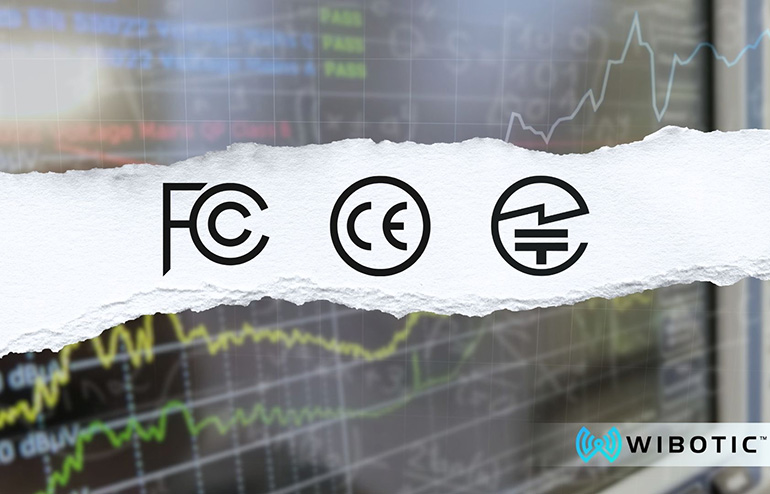
WiBotic has obtained FCC, CE, and Giteki safety certifications. Source: WiBotic
Whether you’re planning to implement robotics across a full-scale operation or for a single application, there are many factors to consider, noted WiBotic. Upfront investment, projected productivity gains, user training, and potential infrastructure changes are just the beginning, it said. But at the core of every successful automation strategy is one critical element: safety certifications.
Incidents of robots overheating, catching fire, or malfunctioning in ways that put people, property, and equipment at risk occasionally make headlines. Since safety underpins launching and scaling a robotics fleet, WiBotic said it’s vital to know—at a glance—whether the products you’re using have been rigorously tested for compliance, safety, and reliability.
The company last week said it has obtained U.S. Federal Communications Commission (FCC), Europe’s CE mark, and Japan’s Giteki certifications.
What FCC and CE certifications require
FCC and CE certifications are well-known benchmarks in industry. They signal that a product has undergone thorough testing and meets stringent regulatory standards. These certifications provide integrators and end users with peace of mind, ensuring that their technology not only performs as expected but does so within safe and legal operating parameters.
That’s why WiBotic has prioritized obtaining FCC and CE certifications for all our products. But what does that process entail? What kinds of tests are involved? And most importantly, what does it all mean for the end user?
To answer these questions, it helps to first define these certifications. The FCC is a U.S. government agency responsible for regulating communications. FCC certification ensures that electronic devices do not emit excessive electromagnetic interference (EMI), which could disrupt other critical systems like Wi-Fi, Bluetooth, or radio communications.
When a product—such as WiBotic’s recently certified 1kW wireless charging system—demonstrates acceptable EMI performance, it is added to the FCC’s official equipment authorization database, validating its compliance.
The CE mark, short for Conformité Européenne, is required for many products sold in the European Economic Area (EEA). The CE process places the onus on manufacturers to ensure their products meet all applicable European safety, health, and environmental protection directives. This can involve third-party testing by a notified body, particularly for higher-risk products.
Once verified, a declaration of conformity is issued, and the CE mark allows a product to be sold across all 30 countries in the EEA.
Products undergoing certification are subjected to a rigorous and often costly battery of tests performed by accredited third-party laboratories. These evaluations ensure the product operates safely, consistently, and within the technical parameters defined by regulatory bodies.
For FCC certification, testing typically focuses on three main categories:
- Radiated emissions, which protect against electromagnetic interference (EMI), measured in decibels per microvolt per meter (dBµV/m) across specific frequency bands
- Conducted emissions, which protect devices connected to the same electrical circuit or network
- Maximum permissible exposure limits, which protect people from harmful wireless frequencies by ensuring emissions from radio frequency equipment are below acceptable specific absorption rate (SAR) limits
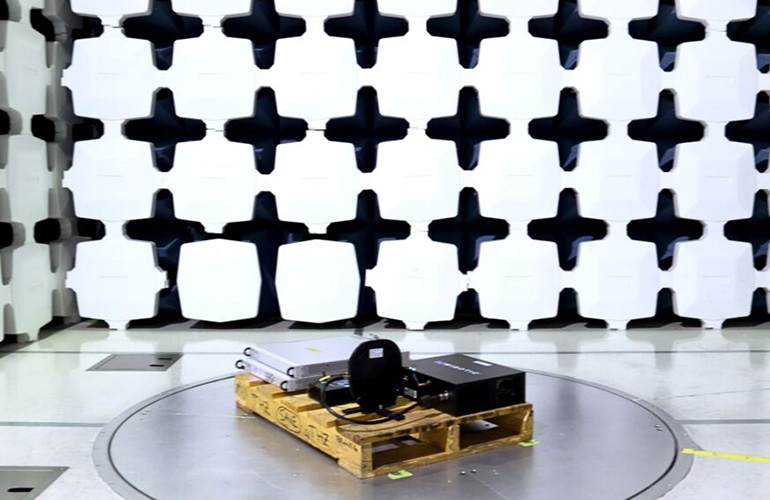
WiBotic 1kW system in an anechoic chamber undergoing EMC testing. Source: WiBotic
WiBotic meets electrical, mechanical requirements
WiBotic’s 1kW wireless charging system was tested to ensure it did not emit interference outside the FCC’s allowable limits for Class A devices—which are designed for use in industrial environments. This required precise engineering of shielding and circuit layout to keep emissions below the defined thresholds across the 30 MHz to 1 GHz range. The testing was conducted at an FCC-accredited lab, and the results were used to secure an official listing in the FCC’s equipment authorization database.
For CE certification, the 1kW system was assessed for compliance with multiple European directives, including the EMC Directive for electromagnetic compatibility and the Low Voltage Directive (LVD) for electrical safety. Specific tests included electrostatic discharge (ESD) resilience, surge immunity, radiated and conducted emissions, and thermal stress evaluations.
For example, our system had to demonstrate that it would not overheat under continuous 1kW operation, maintaining surface and internal component temperatures below safety thresholds. CE certification also involved mechanical stress testing to ensure the dock and transmitter hardware could withstand repeated contact with mobile robots under real-world conditions.
The cost of this certification process is not trivial. For the 1kW system alone, WiBotic invested tens of thousands of dollars to cover the full range of testing required. Some of the most rigorous testing was performed in partnership with Intertek, while additional validation was carried out in collaboration with NASA.
They subjected the system to vacuum chamber tests, radiation exposure, and extreme thermal cycling to simulate conditions encountered during space missions. While these aren’t required for FCC or CE certification, WiBotic said they demonstrated its commitment to safety and reliability in extreme environments.
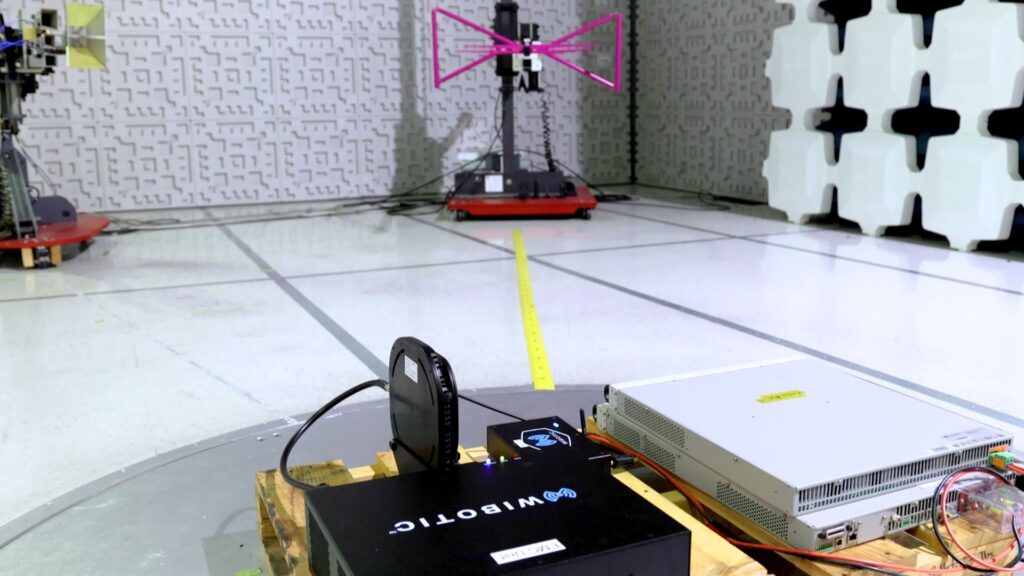
WiBotic’s 1kW system and radio antenna during emissions testing. Source: WiBotic
Certifications can reduce uncertainty
For robotics operators, fleet managers, or system integrators, certified products eliminate uncertainty. Certifications are also a requirement in many cases for importing and exporting products. And most businesses looking to adopt the usage of robotics have their own certification requirements that align with these federal standards.
When a charging solution is FCC and CE-certified, you’re not just checking a regulatory box—you’re minimizing liability, avoiding downtime, and ensuring seamless operation within complex digital ecosystems. Certified systems are less likely to interfere with other electronics, more likely to pass safety inspections, and more readily approved for deployment across diverse geographies. For users with tight deployment timelines or global operations, these certifications can mean the difference between delay and success.
In a world increasingly reliant on automation, the products you choose must meet more than just functional requirements—they must meet global standards for safety and reliability. FCC and CE certifications are not just technical milestones; they are critical indicators of product quality and manufacturer integrity.
By choosing solutions that carry these marks, like those offered by WiBotic, end users can gain confidence, accelerate deployment, and ensure long-term system stability—no matter where or how their robotics are put to work.
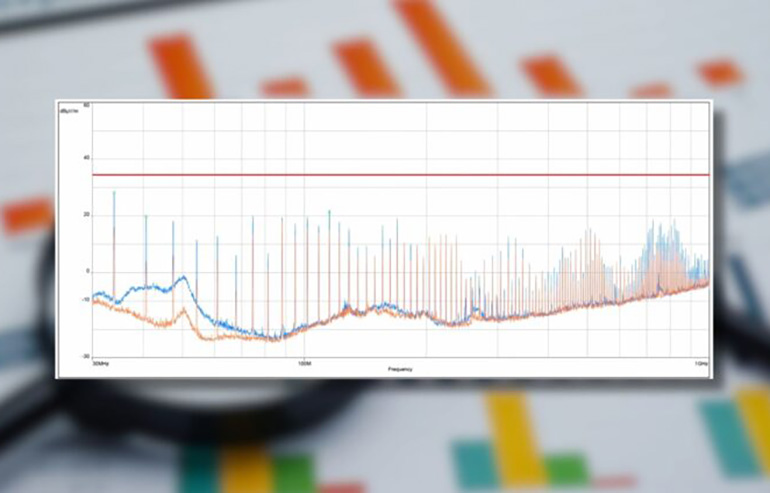
Example of emissions testing results provided by Intertek. Source: WiBotic
 About the author
About the author
Isaiah Dominguez is demand generation manager at WiBotic.
The Seattle-based company provides wireless charging and power optimization solutions for rapidly growing fleets of battery powered devices. WiBotic said its systems can help companies optimize the uptime of large heterogenous fleets of autonomous mobile robots (AMRs), electrified carts, aerial and underwater vehicles, and other devices that require reliable power in any environment.
With thousands of systems deployed globally, we are both pioneers and experienced leaders in the emerging field of distributed wireless power.
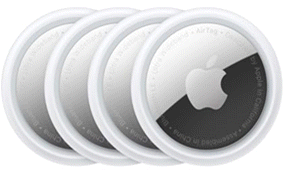
Keep track of your essentials with the Apple AirTag 4 Pack, the ultimate tracking solution for your belongings. With over 5,972 ratings and a stellar 4.7-star average, this product has quickly become a customer favorite. Over 10,000 units were purchased in the past month, solidifying its status as a highly rated Amazon Choice product.
For just $79.98, you can enjoy peace of mind knowing your items are always within reach. Order now for only $79.98 at Amazon!
Help Power Techcratic’s Future – Scan To Support
If Techcratic’s content and insights have helped you, consider giving back by supporting the platform with crypto. Every contribution makes a difference, whether it’s for high-quality content, server maintenance, or future updates. Techcratic is constantly evolving, and your support helps drive that progress.
As a solo operator who wears all the hats, creating content, managing the tech, and running the site, your support allows me to stay focused on delivering valuable resources. Your support keeps everything running smoothly and enables me to continue creating the content you love. I’m deeply grateful for your support, it truly means the world to me! Thank you!
|
BITCOIN
bc1qlszw7elx2qahjwvaryh0tkgg8y68enw30gpvge Scan the QR code with your crypto wallet app |
|
DOGECOIN
D64GwvvYQxFXYyan3oQCrmWfidf6T3JpBA Scan the QR code with your crypto wallet app |
|
ETHEREUM
0xe9BC980DF3d985730dA827996B43E4A62CCBAA7a Scan the QR code with your crypto wallet app |
Please read the Privacy and Security Disclaimer on how Techcratic handles your support.
Disclaimer: As an Amazon Associate, Techcratic may earn from qualifying purchases.



































![Legend of Zelda: Ocarina of Time Walkthrough Part 4 [3/3]](https://techcratic.com/wp-content/uploads/2025/08/1755588431_maxresdefault-360x180.jpg)



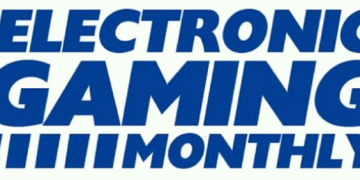


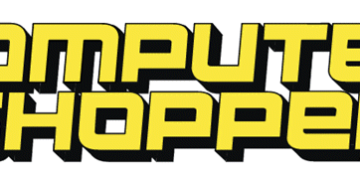

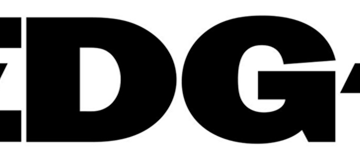







































![[DEBUT COVER] Intergalactic Bound – Yunosuke / CircusP [MIKU EXPO 10th]](https://techcratic.com/wp-content/uploads/2025/08/1755598927_maxresdefault-360x180.jpg)




















